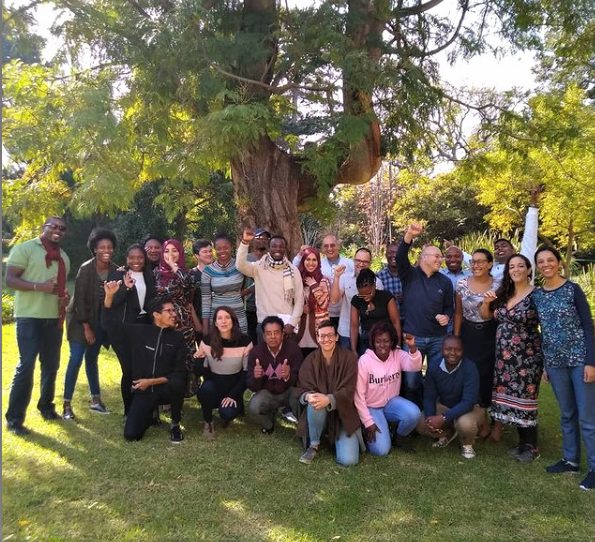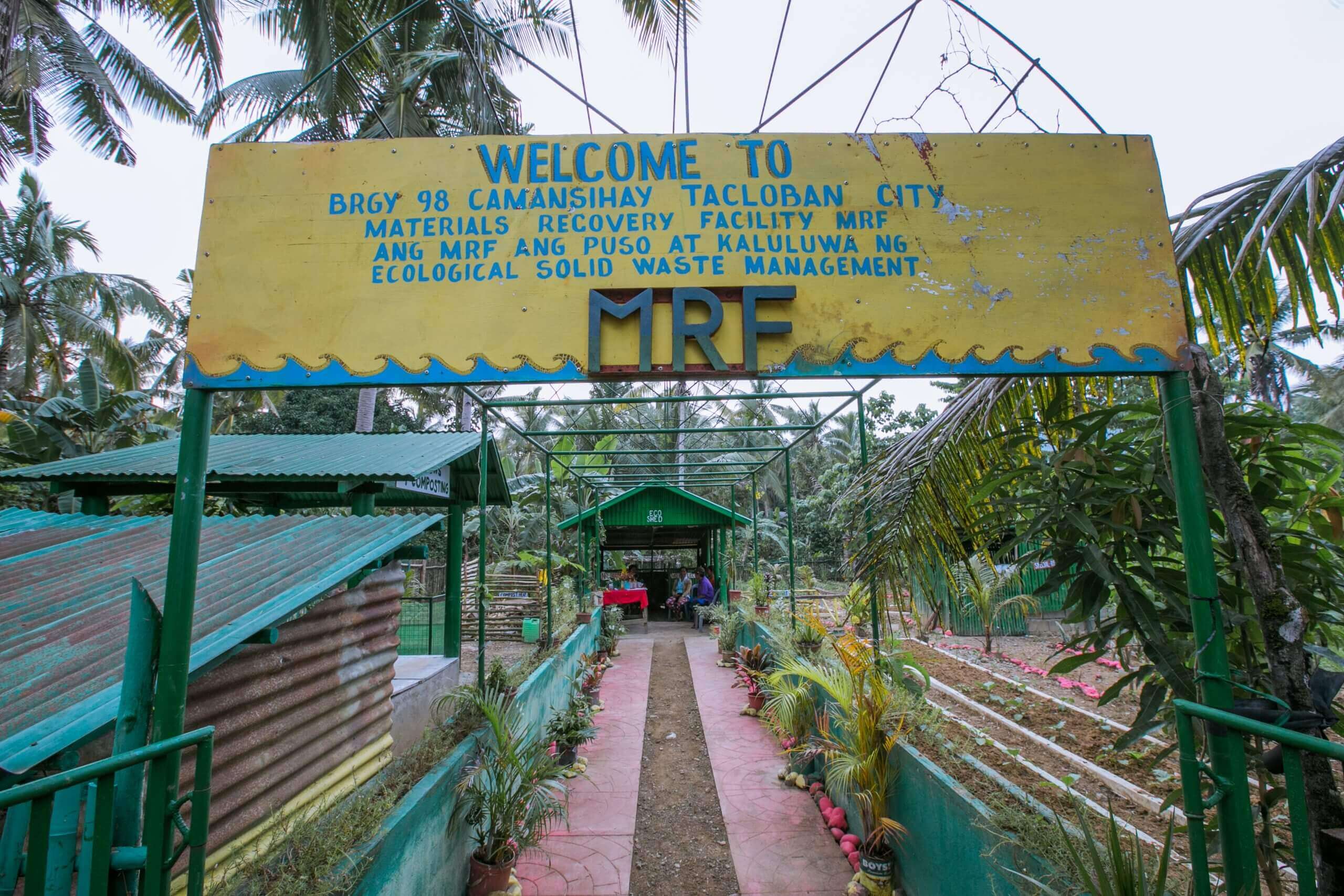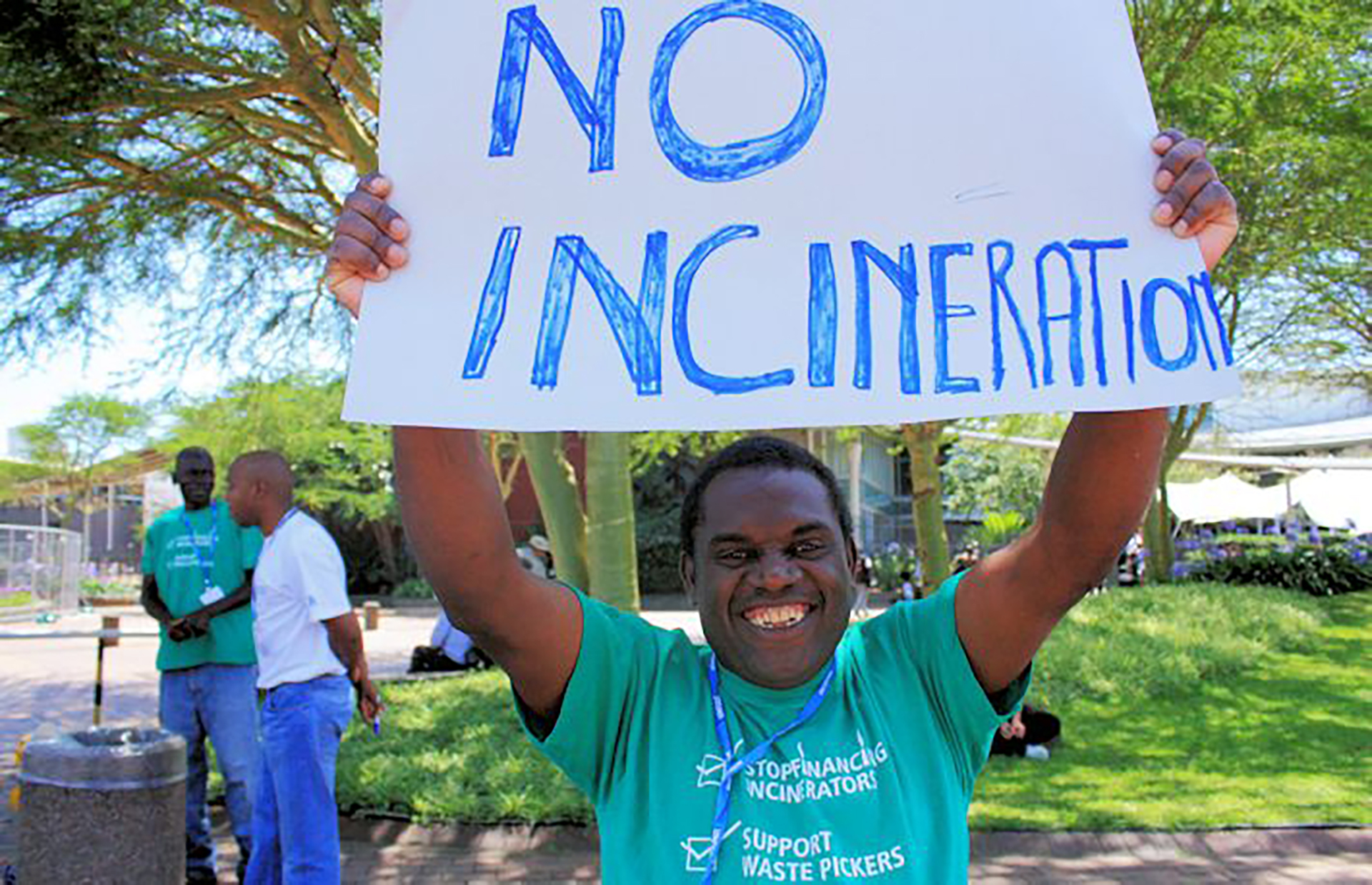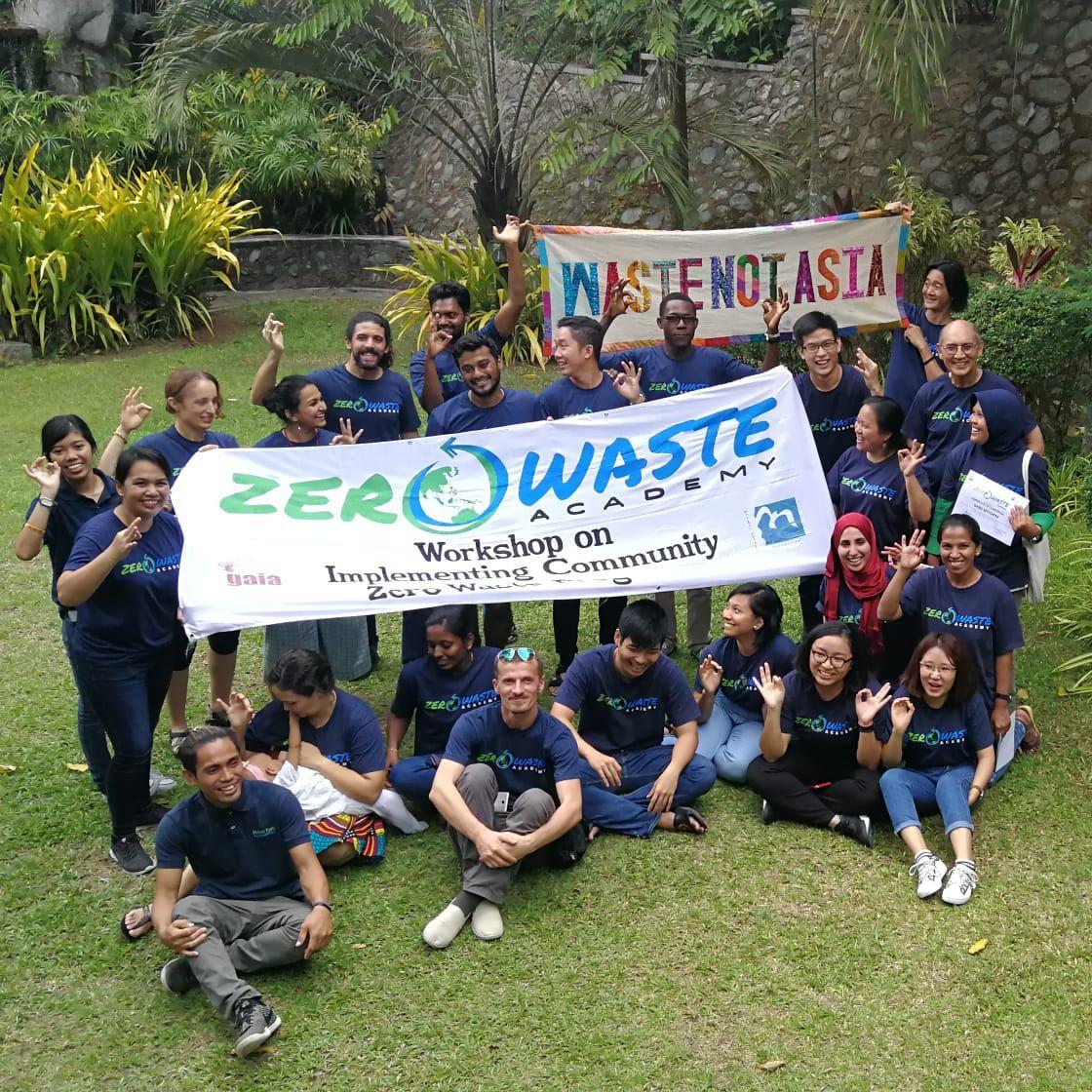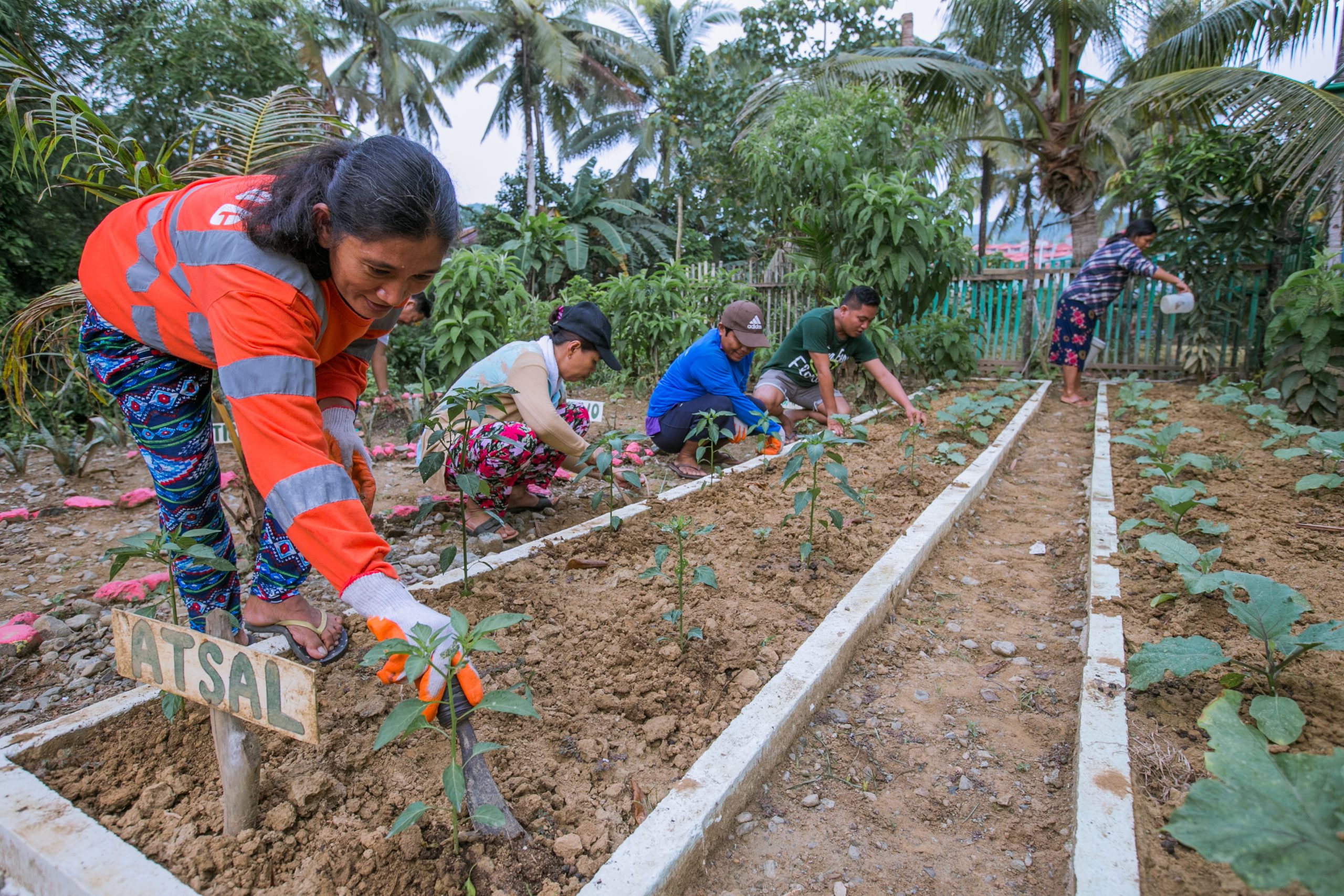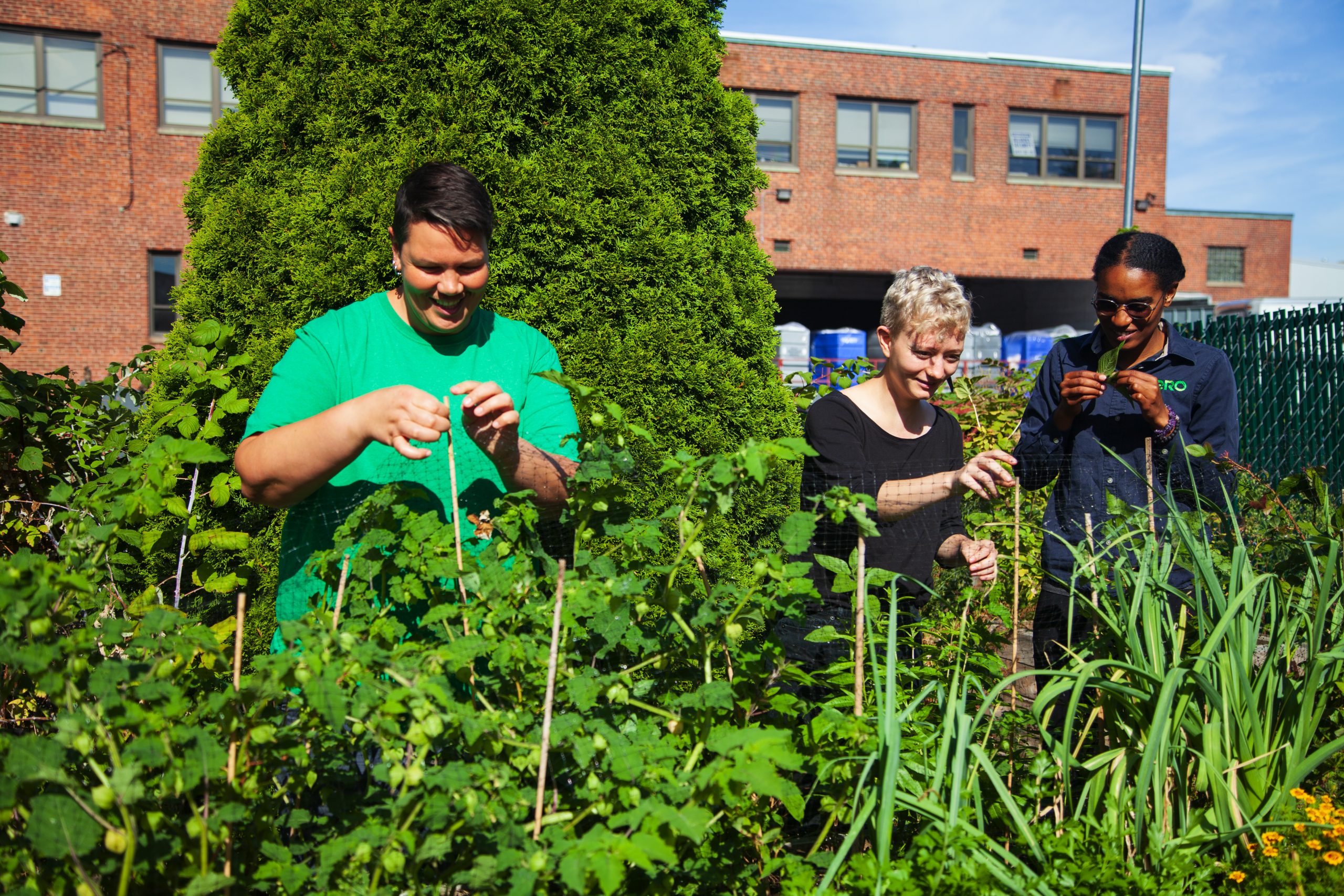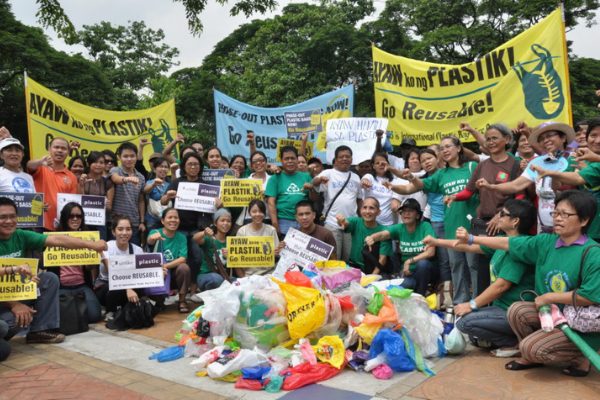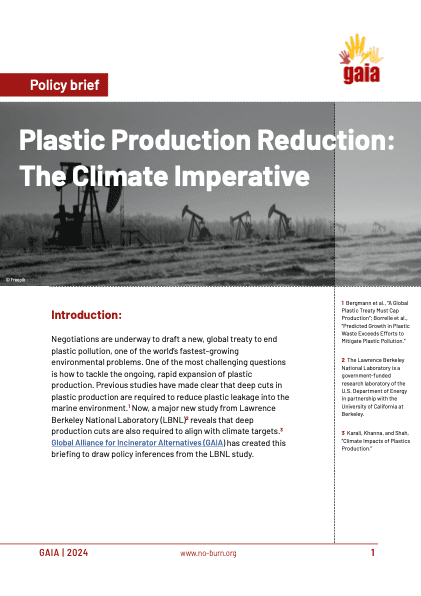Srijita Patra, Zero Waste Media Advocacy Fellow
Uttarakhand, also known as Devbhoomi, the land of Gods, is one of the most noted Himalayan states and considered an abode of tourist destinations. Presence of mighty mountains, rivers, lakes and pilgrimage sites, draws mass of tourists round the year. Nainital in Kumaon region of Uttarakhand has been a reputed hill station from historical times. Situated at an elevation of 2084m above mean sea level, this place gives spectacular view of the famous Naini lake. But the emergence of plastic waste pollution in these pristine regions is alarming. In recent Ph.D. research study from Uttarakhand, plastics have been found in elephant dungs. The samples were collected from forested areas, ranging from 1 mm to 355mm. Along with plastics, pieces of glass, rubber, fabric and other waste materials were also found.
Plastics are everywhere. From cities to rivers, from oceans to mountains. Plastics have become a part of our lives. Most of the products that we consume and utilize comes with a proportion of plastic in it. Sometimes in form of a wrapping or sometimes as the product itself. Gradually plastics have also entered our bodies. In 2020, near the summit of Mount Everest microplastics have been found by researchers as well as in deep oceans. Previous studies have found microplastic pollution in Antarctic Sea ice and surface water, but this year’s study by University of Canterbury in New Zealand shows, even in freshly fallen snow, a proportion of the same can be found. The researchers identified 13 different types of plastics in the fresh snow and polyethylene terephthalate (PET) mostly used in soft-drink bottles and clothing, were observed in majority. In 79% of the samples, this was found.
Break Free From Plastics (BFFP) conducts the global waste brand audit since the year 2018. In the audit of 2021, it has been found that the maximum plastic was from food packaging (62%), with personal care (16.1%) and household products (15.3%) bringing in a fair amount of plastic as well. 67% of the plastic was either marked 7-Other (i.e., consisting of more than one type of plastic) or did not have any information on type of plastic.
In India, annually, The Himalayan Cleanup (THC) event takes place in 12 Himalayan states. This year the THC drive took place from 26th – 30th of May, 2022 and more than 55 organisations and 90 educational institutes participated. The objective of this event is to assess the products and the major polluting companies through waste and brand audits. With the ZeroWaste Himalaya as the lead together with the enthusiasm of volunteers, THC in Nainital took place on the 26th of May at the Bamboos of Ayarpatta. 12 students of DSB campus, Kumaun University participated in this event and each one of them hailed from different fields of study.
With respect to Zero Waste principles, no implements made of plastics have been used. To collect wastes, jute sacks and delivery package cardboard boxes have been used. Instead of surgical masks and gloves, cloth masks and rubber gloves were used by the volunteers. The Bamboos region is a semi-urban area with no provision for 4-wheelers and very few 2-wheelers. With a great view of the Naini lake and the stadium, this area is a favourite of many locals as well as tourists. There is no collection system of waste here due to the difficult terrain and inaccessibility of roads by vehicles. But the daily accumulation of plastic waste can be seen.
The majority of the waste at Bamboos is plastics accounting for a total of 84%. Out of the following, 81.2% of the waste falls under the category of other plastics with resin identification marker 7, followed by 2.2% of PET and 0.6% of LDPE. One of the drawbacks of the other plastics is, that as the composition is not known, it becomes challenging to recycle. As there were different categories of plastic wastes in the sample collected for the waste audit, food packaging was found to be in the largest proportion making personal care and packaging products almost negligible. Out of 459 units of food packaging plastics, 61% were food wrappers, along with bottle caps & rings (14%) straws (12%), bottles (3%) and disposable cutleries (4%), contributing a significant share of their proportion.
Only 16% of the waste was non-plastics which included glass bottles and metal cans highlighting various beverage companies. In soft drink packaging wastes, tetra paks were prevalent with 87 units followed by PET bottles with 45 units. Frooti and Appy were most observable under this category.
Out of all the plastic wastes, 74% were non-sachets and 26% were sachets, contributing to 1617 of total units. Multi-layered packaging was predominant with a proportion of 88.7%. In the category of smoking products, 1000 plus cigarette butts were collected with 139 cigarette boxes. This comprised 71% of the plastic waste. Some of the manufacturing companies for food products with an adequate contribution to the food packaging wastes are as follows: Perfetti Van Melle (23.01%), Haldiram’s ( 20.26%), ITC ( 12.77%), PepsiCo ( 10.85%), Parle Agro ( 9.11%) and Nestle ( 6.22%). Other major manufacturers with less than 5% contribution are, Amul (3.18%), Oyes ( 2.89%), Coca-cola ( 1.44%) and Unilever (0.72%).
From the data, it is observable that how we’re surrounded by plastic products and there is an accumulation of these wastes in urban to semi-urban and even in remote locations, day by day. Every product we utilize is named after a brand and a single manufacturing company has a significant number of branded products. The narrative should be changed from the responsibility of the consumers to the responsibility of producers. Although EPR is the tool for sustainable product life cycle obligation for the producing companies but enhanced minimization of plastics and their better management should be implemented in a more profound way. The shift should be in accordance with the terrain and accessibility of a mountain region. The Indian Himalayan Region is a sacred landscape with riverine systems, natural heritage and ecological biodiversity like nowhere else but this sacred landscape is no longer pristine. Tourists are rushing to the mountain states, corporations national and multinational, targeting the states of IHR for expanding their business and rapidly changing consumption patterns pose a grave threat to our mountains and their people. We need to recognise the horrors of Plastic Pollution before it’s too late and act boldly, in changing our own lifestyles and demanding sustainable policies and products.
Srijita is a Zero Waste Media Advocacy Fellow, this program, supported by BFFP and GAIA, aims to initiate aspiring bloggers, vloggers, correspondents, content creators and media enthusiasts from different parts of the Indian Himalayan Region into the core understandings of Zero Waste before leading them into communication practices.
